Exhibition dates: 7th September 2018 – 27th January 2019
August Sander (German, 1876-1964)
Three Generations of the Family
1912
Gelatin silver print
© Die Photographische Sammlung / SK Stiftung Kultur – August Sander Archiv; VG Bild-Kunst, 2018; Dauerleihgabe / Permanent Loan, Stadt Herdorf
A wonderful posting of photographs by this master photographer, including numerous images (Young Mother, Middle-class; Middle-class Children; Peddler; Girl in Fairground Caravan; “Test your Strength” Showman; Workmen in the Ruhr Region) I have never seen before.
What can you say about the work of this legend of photography that has not been said before, by so many people, in so many words. Therefore I will not be verbose but just note a few impressions.
How did Sander get these people to pose for him in this direct, open way? There is no affectation, no histrionics, the sitters (whether outside en plein air or inside against a ubiquitous plain wall / blank canvas) gaze directly, steadfastly, into his camera lens – quite pre/posed, quietly proposed and confident of their own identity and image. The peddler with his box of wares, the café waitress with her tray of tea and milk, the pastry chef with his bowl, or the showman whose gnarled and dirty hand clasps a cigar.
The “presence” and aura of these people is incredible. You can ascribe this presence to modernism and New Objectivity (a sharply focused, documentary quality to the photographic art) that sought to portray the reality of a life but to do so holy to the exclusion of the poetic in Sander’s work would be a mistake. While not self-consciously poetic, Sander’s work still contains elements of the pictorial – for example the painterly quality in his use of depth of field in portrait’s such as that of Painter [Heinrich Hoerle] (where we notice the very small depth of field from the front of the shirt to the back), or the framing of Girl in Fairground Caravan with its notably impressionistic melancholy and longing.
What I am really looking forward to is the book that is being published from this exhibition. As the text on Amazon notes, “A novel feature of this book is that all the reproductions are based on vintage prints produced and authorised by August Sander himself. The croppings and the desired tonal values are authentically rendered here for the first time in the long publication history of Sander’s brilliant portrait work.”
This is as close as you will get in book form to the original printing and tonality of Sander’s work. I am sure the book will become a classic and sell out quickly so get your orders in now for a June 2019 release.
Dr Marcus Bunyan
Many thankx to the Die Photographische Sammlung/SK Stiftung Kultur for allowing me to publish the photographs in the posting. Please click on the photographs for a larger version of the image.
The portrait photographs by August Sander count among the masterworks of their kind. Ever since acquiring the photographer’s estate, Die Photographische Sammlung/SK Stiftung Kultur has been busy cataloguing the Sander archive and has already presented these photographs in several theme-based shows. With “People of the 20th Century,” his most famous photographic compendium, Sander aspired to nothing less than to document the society of his day, based on examples of people pursuing different occupations and from various walks of life. The conceptually planned body of work testifies to the photographer’s acuity of perception and consummate skill at the use of the photographic medium. Over the decades, pictures such as “Young Farmers” (1914) and “Pastry Cook” (1928) have become photographic icons. But August Sander’s portraiture in fact harbours a large number of motifs of remarkable quality. These images provide insights, for example, into the population of the rural Westerwald region, the artist communities in Cologne and Berlin, and city life in general during his era.
In the current exhibition, Die Photographische Sammlung/SK Stiftung Kultur is displaying a representative selection of more then 150 original prints from “People of the 20th Century.” The majority come from the collection’s own holdings, joined by works on loan from the Museum of Modern Art, New York; the J. Paul Getty Museum, Los Angeles; the Pinakothek der Moderne, Munich; the Museum Ludwig Cologne / Photography Collection, the Berlinische Galerie, Berlin and private collections. Based on many years of research, the accompanying catalogue traces the genesis of these works in great depth and detail.
Text from the Die Photographische Sammlung/SK Stiftung Kultur website
August Sander (German, 1876-1964)
Young Mother, Middle-class
1926
Gelatin silver print
© Die Photographische Sammlung/SK Stiftung Kultur – August Sander Archiv; VG Bild-Kunst, 2018; Courtesy: The J. Paul Getty Museum, Los Angeles
August Sander (German, 1876-1964)
Middle-class Children
1925
Gelatin silver print
© Die Photographische Sammlung/SK Stiftung Kultur – August Sander Archiv; VG Bild-Kunst, 2018
August Sander (German, 1876-1964)
Farm Children
1913
Gelatin silver print
© Die Photographische Sammlung/SK Stiftung Kultur – August Sander Archiv; VG Bild-Kunst, 2018
The current exhibition with over 150 original photographs and numerous showcase material shows a representative cross-section of the project “People of the 20th Century”.
Sanders’ extensive portraiture was aimed at showing a cross-section of the population in which the different occupational and social types, spread over different generations, are reflected – a mirror of the times. In the title Sanders first published book in 1929, Antlitz der Zeit (Face of Our Time), this intention finds its echo. Both the indirectly expressed face of time and the individual physiognomies were the subject of the photographer’s unbroken attention for decades.
In order to give shape and form to his growing compendium, Sander created a concept in the mid-1920s in which he extensively named the image groups and folders that he had focused on. The groups are called “The Farmer”, “The Craftsman”, “The Woman”, “The Estates”, “The Artists”, “The Big City” and “The Last Man”. The latter perhaps misleading name stands for a series of pictures that very respectfully shows people on the margins of society. Sander’s concept of that time, which proposes a sequence of groups and folders, is also followed by the current exhibition with the inclusion of individual or several representative portfolio prints from the corresponding picture folders.
For the most part, the photographs are taken from the inventory of the August Sander Archive, which was acquired in 1992, which forms the foundation for the further development of the Photographic Collection / SK Stiftung Kultur, Cologne. Exclusive loans from originals will be consulted, such as the Berlinische Galerie, Museum of Modern Art, Berlin, the J. Paul Getty Museum, Los Angeles, the Museum Ludwig Köln, the Museum of Modern Art, New York and the Pinakothek der Moderne. Munich as well as from important private collections.
At Schirmer / Mosel Verlag, the book “August Sander – Masterpieces” was created at the same time as the exhibition in German and English editions. For the first time in the publication history of the photographer, the original prints are reproduced in authentic tonality, as well as in original cut-out reproduction.
Text from the Die Photographische Sammlung/SK Stiftung Kultur website
August Sander (German, 1876-1964)
Compère
1930
Gelatin silver print
© Die Photographische Sammlung/SK Stiftung Kultur – August Sander Archiv; VG Bild-Kunst, 2018
August Sander (German, 1876-1964)
The Dadaist Raoul Hausmann [with Hedwig Mankiewitz and Vera Broïdo]
1929
Gelatin silver print
© Die Photographische Sammlung/SK Stiftung Kultur – August Sander Archiv; VG Bild-Kunst, 2018
August Sander (German, 1876-1964)
Peddler
1930
Gelatin silver print
© Die Photographische Sammlung/SK Stiftung Kultur – August Sander Archiv; VG Bild-Kunst, 2018
August Sander (German, 1876-1964)
Young Farmers
1914
Gelatin silver print
© Die Photographische Sammlung/SK Stiftung Kultur – August Sander Archiv; VG Bild-Kunst, 2018
August Sander (German, 1876-1964)
Café Waitress
1928/29
Gelatin silver print
© Die Photographische Sammlung/SK Stiftung Kultur – August Sander Archiv; VG Bild-Kunst, 2018
August Sander (German, 1876-1964)
Pastry Cook
1928
Gelatin silver print
© Die Photographische Sammlung/SK Stiftung Kultur – August Sander Archiv; VG Bild-Kunst, 2018
The current exhibition, featuring over 150 original photographs and numerous documents shown in display cases, presents a representative cross-section of the “People of the 20th Century” project.
The portraits from August Sander’s epochal work are not only of fundamental importance for the history of photography; they are also highly exciting objects of study – masterpieces for anyone who has an unsentimental, unbiased love of people and life; who likes to ask questions about the past and gather experiences for the future; who has a passion for looking, discovering, fantasising, and analysing:
How do the people portrayed appear to us today?
How did they spend their lives?
What delighted or shocked them?
What experiences left a mark on their faces, their hands, their physiognomy?
What can they share with us from their own bygone world and times?
How did Sander manage to meet and talk to so many different people, and to entice them into posing for a picture?
What does the photographic material convey to us today – at a time when hardly any photographs are developed in the darkroom and a kind of magic has thus been lost?
What does time and manual craft mean for artistic engagement?
Viewed together, the people August Sander (1876-1964) depicted in such an objective yet dignified and personal manner unfold a whole cosmos that brings history to life. Looking at Sander’s photographs challenges us to search for similarities, differences, and comparable qualities. They summon memories of accounts from the past, render tangible transformations in people’s living conditions and way of life; we see occupations that have changed, which no longer exist or have been replaced; developments or events in society are made more vivid to us, as are changing pictorial styles and artistic aesthetics.
And yet apart from the referential character of Sander’s photographs, their historical relevance and inspirational force, qualities that have been highlighted by renowned authors such as Walter Benjamin, Alfred Döblin, Golo Mann, and Kurt Tucholsky, the pictures depict very concrete moments and display individually a remarkable degree of aesthetic quality. They compellingly demonstrate Sander’s knack at capturing reality and his eye for composing specific details into lifelike documentary photographs. Being able to experience this quality up close based on August Sander’s original handmade prints is a real privilege and something that can only be made possible on this scale in rare cases due to the conservation requirements of these so-called vintage prints.
August Sander first presented his project “People of the 20th Century” in 1927 at the Kölnischer Kunstverein. He had selected more than 110 prints, a group that, as far as can be reconstructed, largely diverges from the current presentation, let alone the fact that several different prints of individual motifs were and are in circulation. Since Sander developed the project or – as he called it – his cultural work “People of the 20th Century” between circa 1925 and 1955, i.e., over the course of three decades, also incorporating motifs he had produced from 1892 onwards, his stock of original prints and portfolios had grown immensely by the end of his life. Within his archive, this group of works forms a kind of cache from which the photographer drew freely for exhibitions and publications. This was a uniquely innovative approach in his day. Sander’s awareness of the exponential effect of image series as opposed to individual images made him a pioneer of conceptual photography, as did his resolute use of an unmanipulated, factual reproduction of his chosen motifs. His portraits were meant to underline his documentary approach and to do without any artistic embellishments while nonetheless manifesting a fine-tuned and restrained design.
Text from the Die Photographische Sammlung/SK Stiftung Kultur website
August Sander (German, 1876-1964)
Painter [Heinrich Hoerle]
1928-1932
Gelatin silver print
© Die Photographische Sammlung/SK Stiftung Kultur – August Sander Archiv; VG Bild-Kunst, 2018, Courtesy: Privatsammlung / Private Collection, München / Munich
August Sander (German, 1876-1964)
Painter [Heinrich Hoerle] (detail)
1928-1932
Gelatin silver print
© Die Photographische Sammlung/SK Stiftung Kultur – August Sander Archiv; VG Bild-Kunst, 2018, Courtesy: Privatsammlung / Private Collection, München / Munich
August Sander (German, 1876-1964)
Girl in Fairground Caravan
1926-1932
Gelatin silver print
© Die Photographische Sammlung/SK Stiftung Kultur – August Sander Archiv; VG Bild-Kunst, 2018; Courtesy: The Museum of Modern Art, New York
August Sander (German, 1876-1964)
Police Officer
1925
Gelatin silver print
© Die Photographische Sammlung/SK Stiftung Kultur – August Sander Archiv; VG Bild-Kunst, 2018
August Sander (German, 1876-1964)
“Test your Strength” Showman
1930
Gelatin silver print
© Die Photographische Sammlung/SK Stiftung Kultur – August Sander Archiv; VG Bild-Kunst, 2018
August Sander (German, 1876-1964)
Workmen in the Ruhr Region
c. 1928
Gelatin silver print
© Die Photographische Sammlung/SK Stiftung Kultur – August Sander Archiv; VG Bild-Kunst, 2018; Courtesy: Bayerische Staatgemäldesammlungen: Sammlung Moderne Kunst in der Pinakothek der Moderne, München /nMunich, Sammlung / Collection Lothar Schirmer
August Sander (German, 1876-1964)
Zirkusartisten (Circus Artists)
1926-1932
Gelatin silver print
© Die Photographische Sammlung/SK Stiftung Kultur – August Sander Archiv, Köln; VG Bild-Kunst, Bonn, 2014
August Sander (German, 1876-1964)
Circus Worker
1926-1932
Gelatin silver print
© Die Photographische Sammlung/SK Stiftung Kultur – August Sander Archiv; VG Bild-Kunst, 2018
Die Photographische Sammlung/SK Stiftung Kultur
Im Mediapark 7
50670 Cologne
Phone: 0049-(0)221-88895 300
Opening hours:
Open daily 14 – 19hrs
Closed Wednesdays

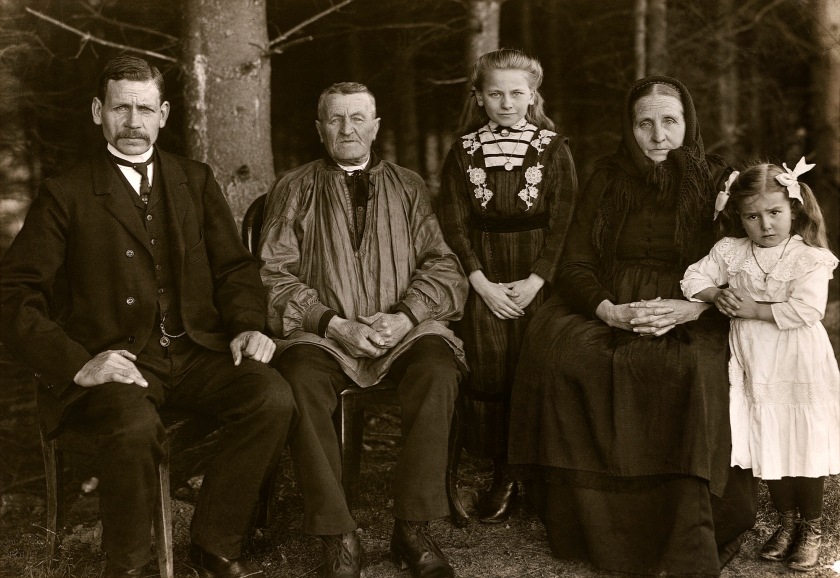
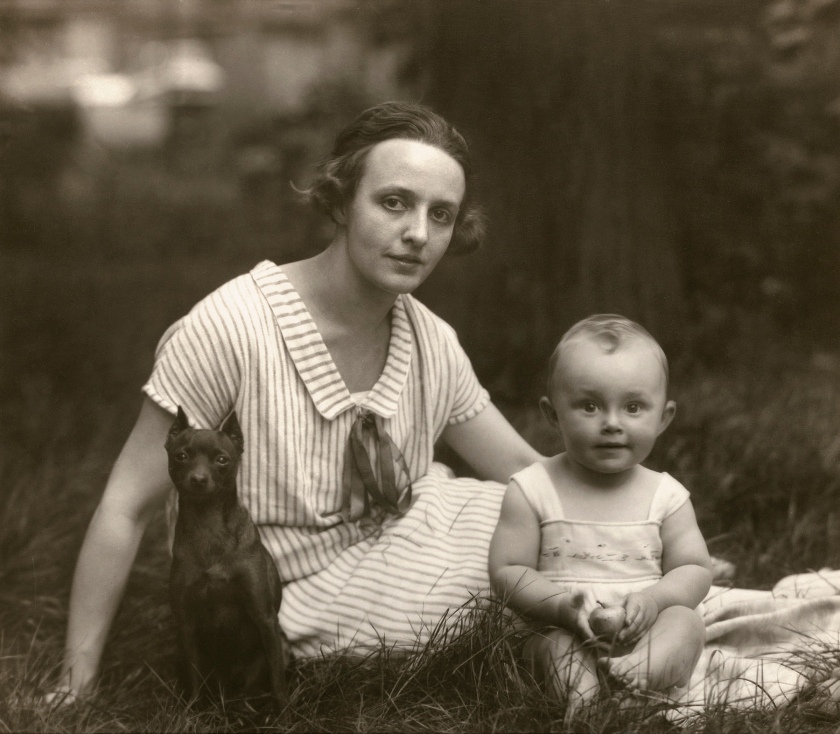



![August Sander (German, 1876-1964) 'The Dadaist Raoul Hausmann [with Hedwig Mankiewitz and Vera Broïdo]' 1929 August Sander (German, 1876-1964) 'The Dadaist Raoul Hausmann [with Hedwig Mankiewitz and Vera Broïdo]' 1929](https://artblart.com/wp-content/uploads/2019/01/sander-der_dadaist-web.jpg?w=650&h=883)




![August Sander (German, 1876-1964) 'Painter [Heinrich Hoerle]' 1928-1932 August Sander (German, 1876-1964) 'Painter [Heinrich Hoerle]' 1928-1932](https://artblart.com/wp-content/uploads/2019/01/sander-maler_hoerle-web.jpg?w=650&h=788)
![August Sander (German, 1876-1964) 'Painter [Heinrich Hoerle]' 1928-1932 (detail) August Sander (German, 1876-1964) 'Painter [Heinrich Hoerle]' 1928-1932 (detail)](https://artblart.com/wp-content/uploads/2019/01/sander-maler_hoerle-detail.jpg?w=650&h=788)






![August Sander (German, 1876-1964) 'Stadtwald [Urban Forest]' c. 1938 August Sander (German, 1876-1964) 'Stadtwald [Urban Forest]' c. 1938](https://artblart.com/wp-content/uploads/2014/08/sander-stadtwald-web.jpg)



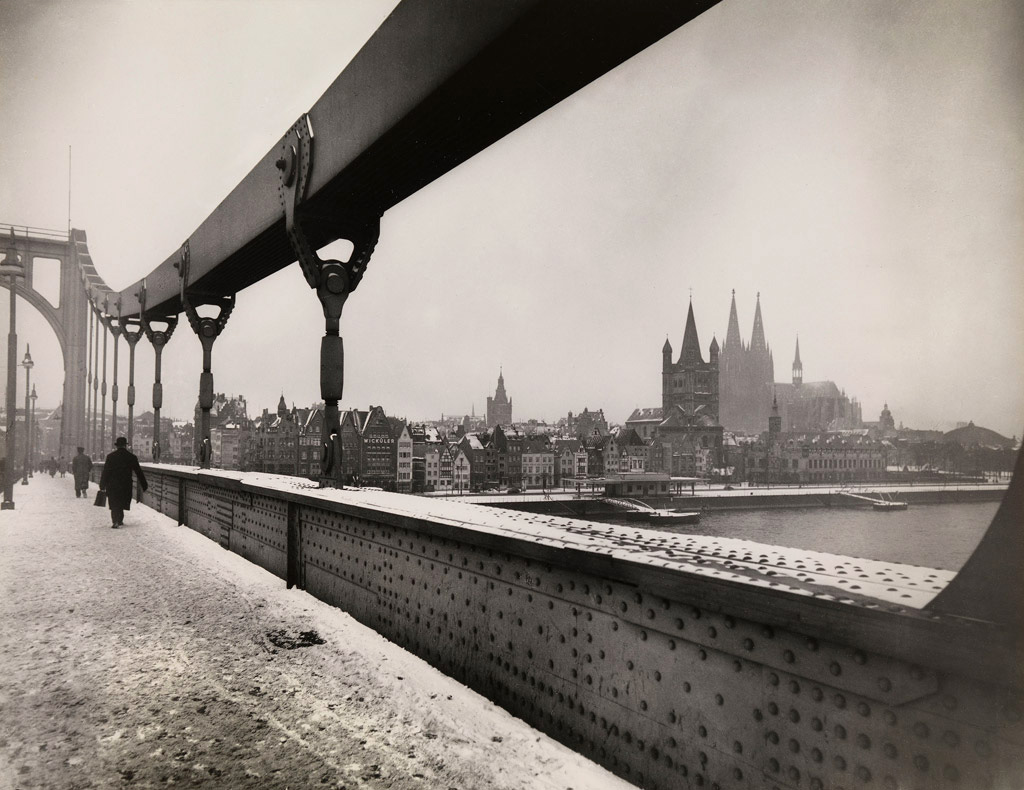
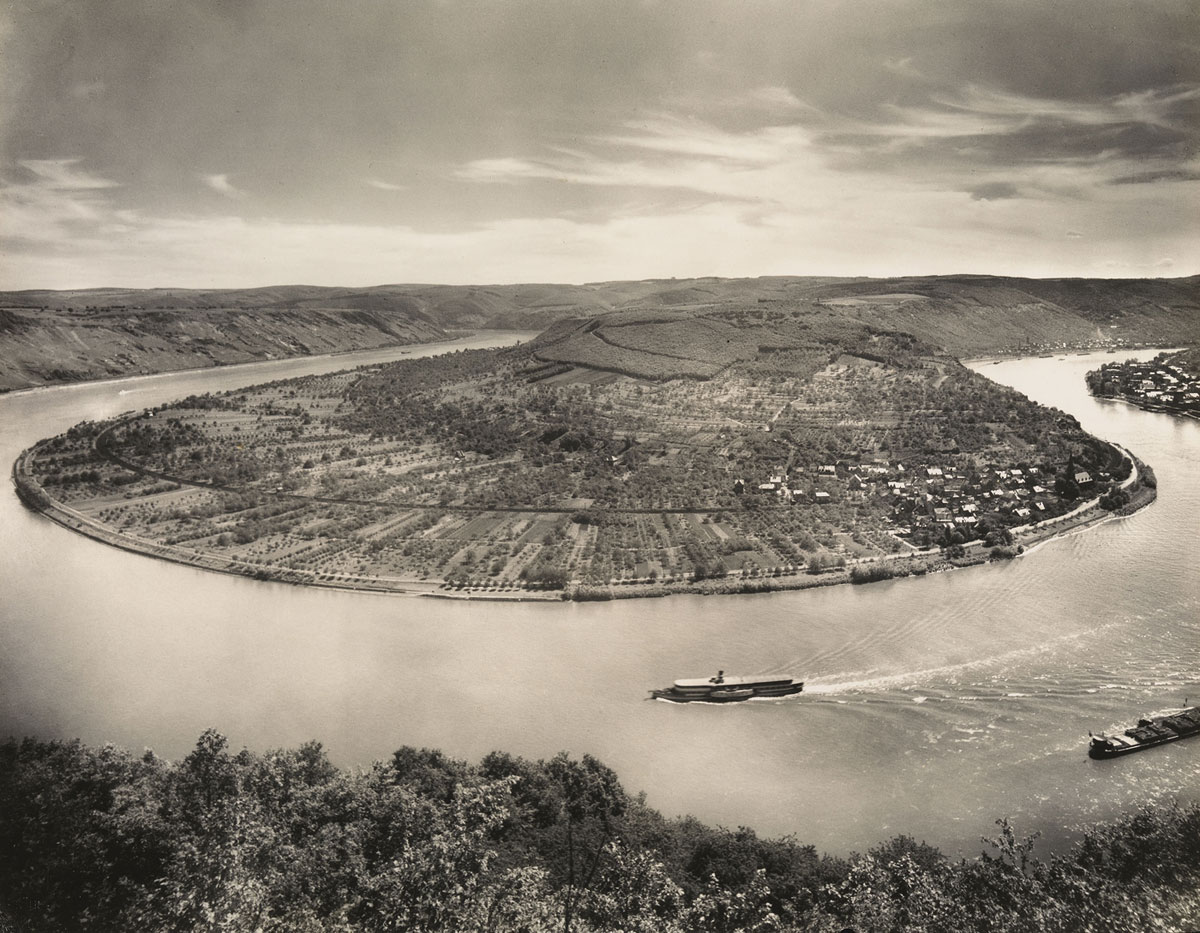

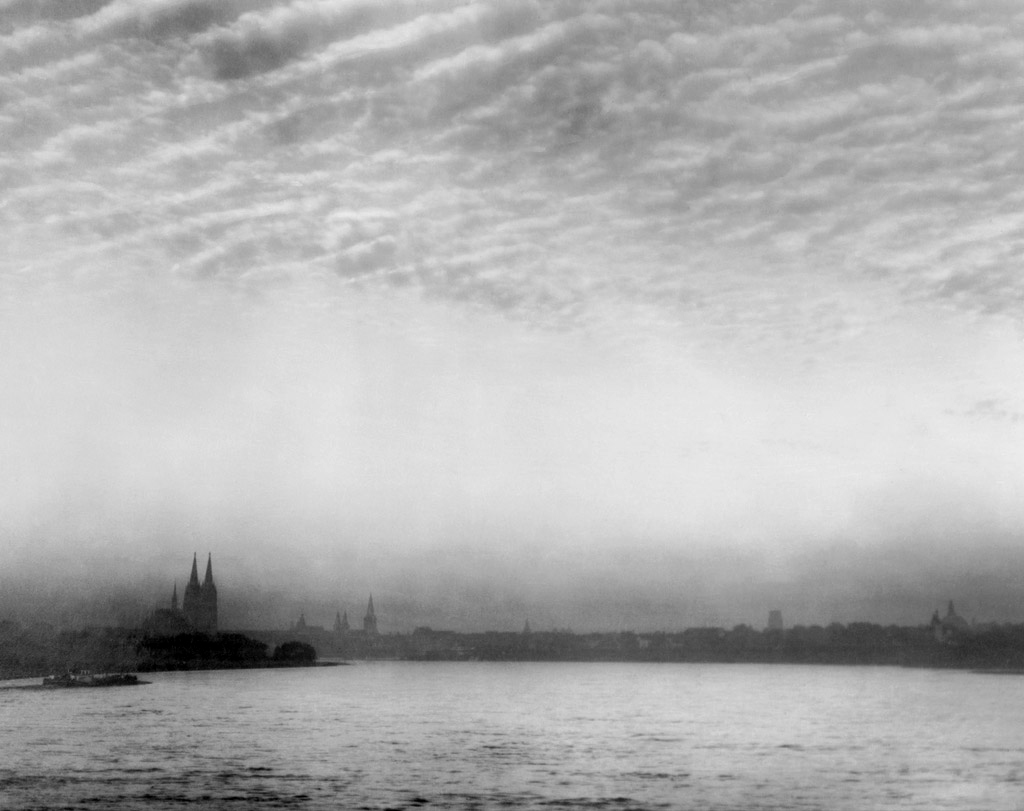

![August Sander (German, 1876-1964) 'Handlanger [Odd-job man]' 1928 August Sander (German, 1876-1964) 'Handlanger [Odd-job man]' 1928](https://artblart.com/wp-content/uploads/2014/08/sander-handlanger-web.jpg?w=650&h=964)

![August Sander (German, 1876-1964) 'The Architect [Hans Poelzig]' 1929 August Sander (German, 1876-1964) 'The Architect [Hans Poelzig]' 1929](https://artblart.com/wp-content/uploads/2014/08/sander-der-architekt-web.jpg?w=650&h=876)
![Thomas Ruff (German, b. 1958) 'Portrait (T. Ruff)' [Selfportrait] 1987 Thomas Ruff (German, b. 1958) 'Portrait (T. Ruff)' [Selfportrait] 1987](https://artblart.com/wp-content/uploads/2014/08/ruff-self-portrait-web.jpg?w=650&h=843)
![August Sander (German, 1876-1964) 'Der erdgebundene Mensch' [The Earthbound Human] 1910 August Sander (German, 1876-1964) 'Der erdgebundene Mensch' [The Earthbound Human] 1910](https://artblart.com/wp-content/uploads/2014/08/sander-der-erdgebundene-mensch-web.jpg?w=650&h=824)
![August Sander (German, 1876-1964) 'Bauernpaar – Zucht und Harmonie' [Peasant Couple – Breeding and Harmony] 1912 August Sander (German, 1876-1964) 'Bauernpaar – Zucht und Harmonie' [Peasant Couple – Breeding and Harmony] 1912](https://artblart.com/wp-content/uploads/2014/08/sander-bauernpaar-web.jpg?w=650&h=832)
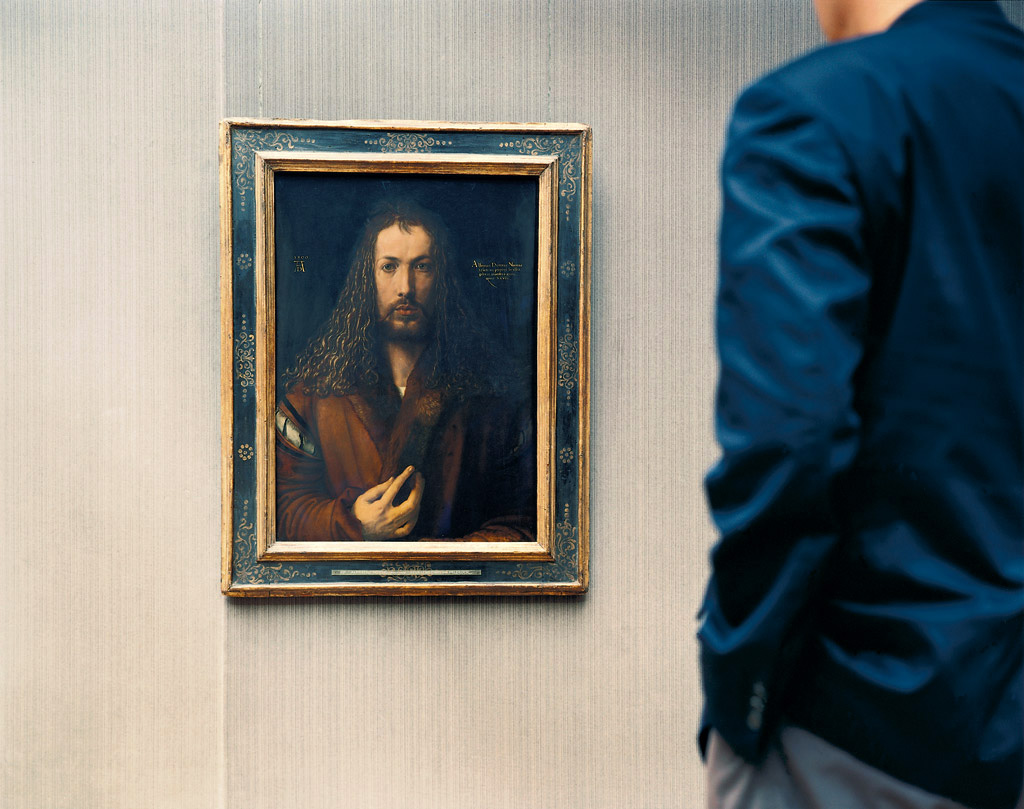
![August Sander (German, 1876-1964) 'Painter [Heinrich Hoerle]' 1928 August Sander (German, 1876-1964) 'Painter [Heinrich Hoerle]' 1928](https://artblart.com/wp-content/uploads/2014/08/sander-maler-web.jpg?w=650&h=813)
You must be logged in to post a comment.